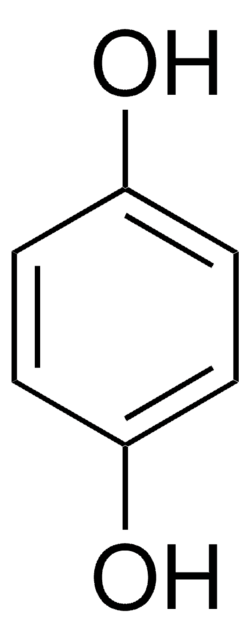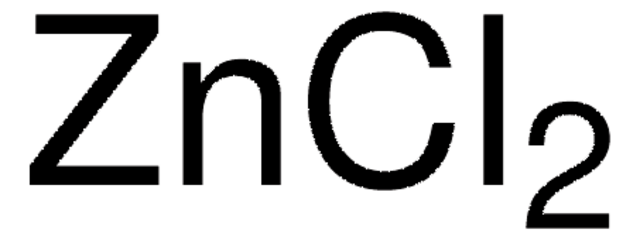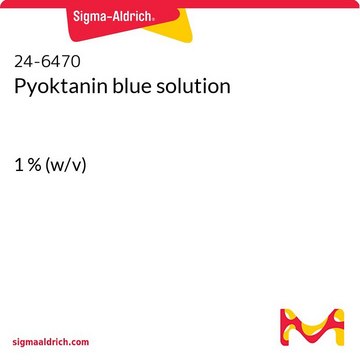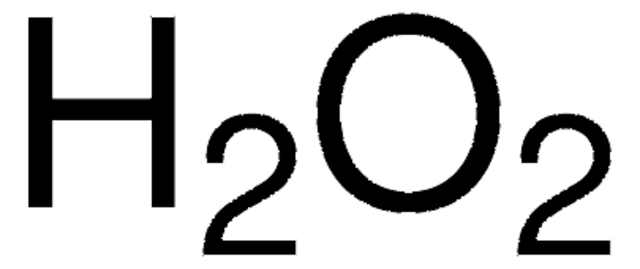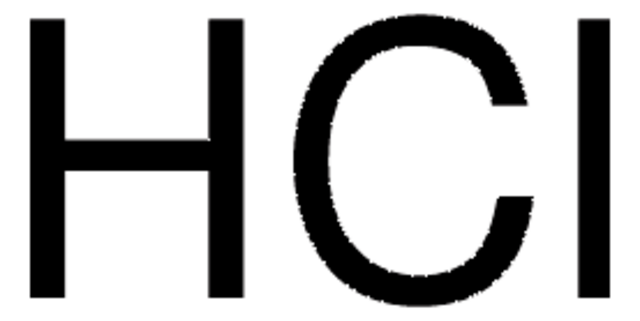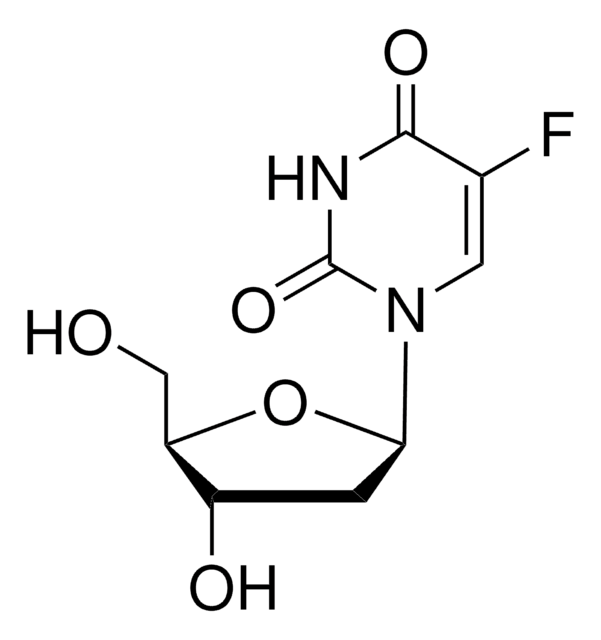13-1930
Hydroquinone
JIS special grade, ≥99.0%
Synonym(s):
1,4-Benzenediol, 1,4-Dihydroxybenzene, HQ
About This Item
Recommended Products
grade
JIS special grade
vapor density
3.81 (vs air)
vapor pressure
1 mmHg ( 132 °C)
Assay
≥99.0%
form
crystalline
autoignition temp.
930 °F
availability
available only in Japan
pH
3.7 (70 g/L)
bp
285 °C (lit.)
mp
172-175 °C (lit.)
solubility
water: soluble 50 g/L
SMILES string
Oc1ccc(O)cc1
InChI
1S/C6H6O2/c7-5-1-2-6(8)4-3-5/h1-4,7-8H
InChI key
QIGBRXMKCJKVMJ-UHFFFAOYSA-N
Looking for similar products? Visit Product Comparison Guide
Signal Word
Danger
Hazard Statements
Precautionary Statements
Hazard Classifications
Acute Tox. 4 Oral - Aquatic Acute 1 - Aquatic Chronic 1 - Carc. 2 - Eye Dam. 1 - Muta. 2 - Skin Sens. 1B
Storage Class Code
11 - Combustible Solids
WGK
WGK 3
Flash Point(F)
329.0 °F - closed cup
Flash Point(C)
165 °C - closed cup
Personal Protective Equipment
Regulatory Information
Choose from one of the most recent versions:
Already Own This Product?
Find documentation for the products that you have recently purchased in the Document Library.
Our team of scientists has experience in all areas of research including Life Science, Material Science, Chemical Synthesis, Chromatography, Analytical and many others.
Contact Technical Service